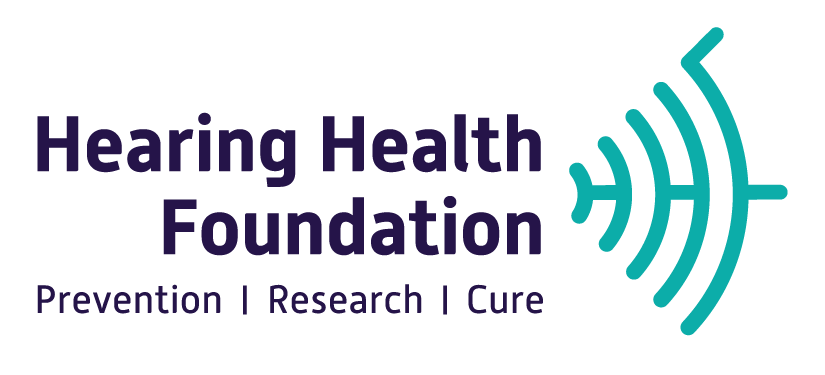By Yishane Lee
Consider the humble earwax. Much maligned, earwax is generally something that people want to get rid of—hence the cotton swab industry.
But in fact, earwax in humans has a purpose, and it may surprise you. Earwax, also known as cerumen, protects the ear by keeping water, dust, and other harmful particles such as bacteria out of your ear canal. Its waxy texture serves to keep your ear sufficiently lubricated to function properly. It also contains antibacterial and antifungal properties.
So the number one thing to remember about earwax is to leave it alone so it can do its job. “The ears are one of God’s great self-cleaning devices,” says William H. Slattery, M.D., an otolaryngologist at House Research Institute in Los Angeles, in a Hearing Health magazine story “Stop That Swab!”
Earwax is supposed to move out of the ear canal, taking debris with it. Blocking this natural (albeit slow) motion of the earwax out of the spiral of the canal—and not the earwax itself—is usually what causes problems.
Injuries from people inserting cotton swabs too far into the ear canal are a common reason people go see a doctor. If it’s bigger than your elbow, it doesn’t belong in your ear. Earwax removal was even a squirm-inducing plot point in an episode of the hit HBO series “Girls.”
Over 14 years of practice, Phoenix otolaryngologist Jerald Altman, M.D., never ceased to be amazed by the range of items that ended up in kids’ ears, so much so that he wrote a board book for kids explaining why sticking things in your ears (or up your nose) is a bad idea.
And finally, earwax also has significant scientific merit—at least among whale researchers. Scientists successfully retrieved and studied the earwax of the endangered blue whale when one was hit by a ship and its body washed up onto a Santa Barbara, Calif., beach.
Baleen whales like the blue whale start accumulating earwax as soon as they are born. As a result, this whale “earplug” (since it doesn’t seem to get expelled over time, like ours does) records how old the whale is. Scientists can count its rings, much like counting rings to determine the age of a felled tree.
Scientists at Baylor University, in Waco, Texas, analyzed the 10-inch earplug that was retrieved in California to figure out the level of toxins the male blue whale accumulated. What they found was far from good news in terms of exposure to pesticides, mercury, and other contaminants—some transferred directly from the mother. The whale’s stress levels as measured by cortisol were also double the average.
But in a bit of good news, the novel analysis (published in the Proceedings of the National Academy of Sciences in August) of this blue whale from birth to death holds huge promise for understanding various whale species and our effects on them over time. Whale earplugs have been saved as part museum displays for decades, offering a timeline of environmental and other stressors the whales may have undergone.


